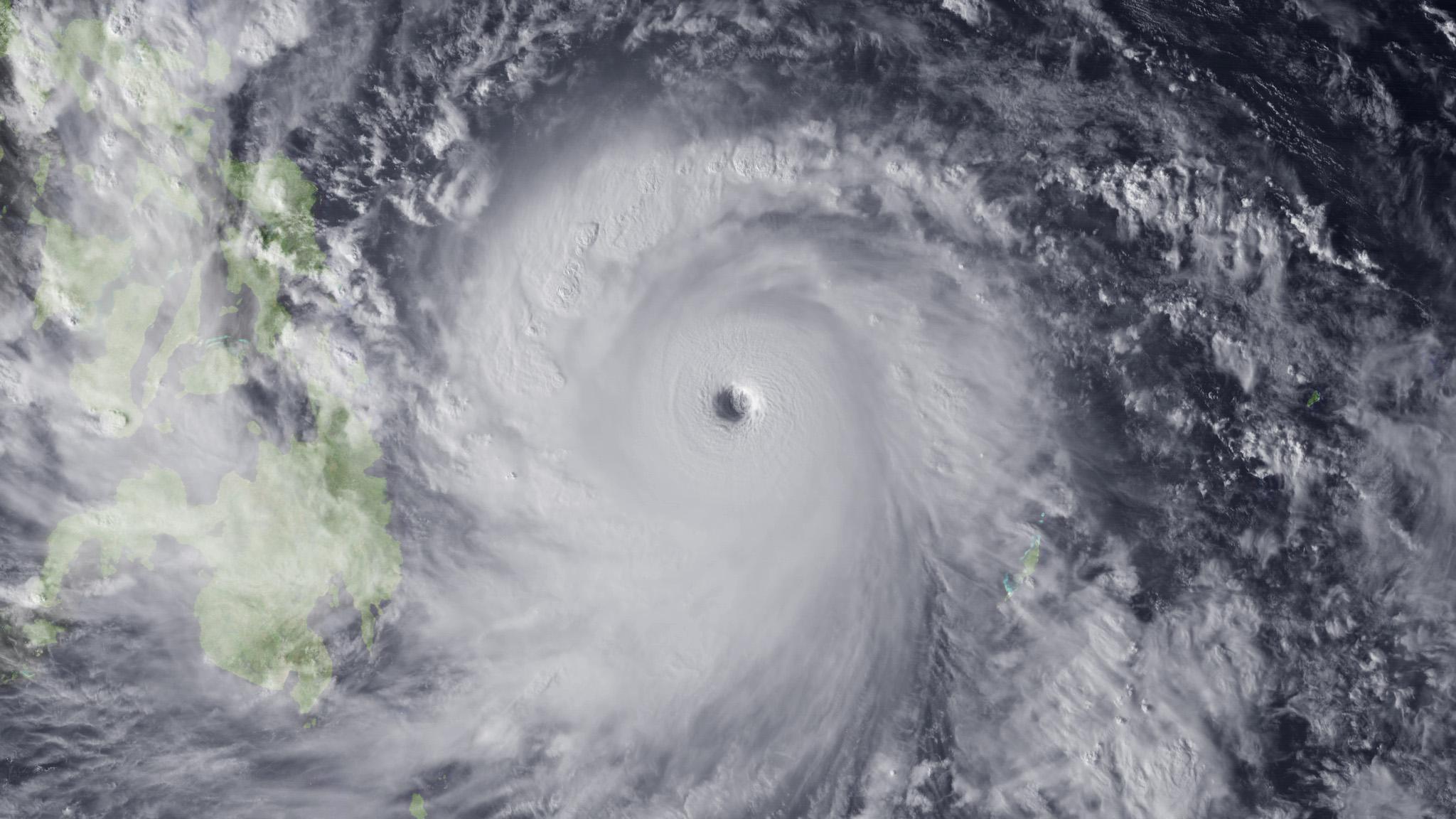Typhoon Haiyan, feared to be one of the most powerful storms, if not the most powerful, ever to make landfall, battered the Philippines with rains and wind gusts topping 200 miles per hour today. The worst of the superstorm appeared to have passed over the island nation as of late Friday local time, but it will likely be some time—maybe even days—before anyone has a full grasp of just how much damage the typhoon, known locally as Yolanda, has done. Here’s the latest update on the storm, via the BBC:
[The storm] lashed central islands including Leyte and Samar, and the northern tip of Cebu—including Cebu city, the country’s second largest with a population of 2.5 million. Two people were electrocuted in storm-related incidents and another was killed after being struck by lightning, according to officials. Seven others were reported injured.
Reports say power and communications have been almost completely lost in Samar, Leyte and Bohol. … Waves as high as 15m (45ft) could be seen around the coast, and there was 400mm (15.75 inches) of rain in places.
Authorities warned that more than 12 million people were at risk from the storm. The good news is that Haiyan, which is the equivalent of a Category 5 hurricane, did not directly hit Manila, the nation’s capitol, and that advanced forecasts gave authorities time to evacuate hundreds of thousands of people from the storm’s path. The bad is that the superstorm’s path took it across areas that still haven’t recovered from last month’s deadly 7.3-magnitude earthquake that left more than 200 people dead and 350,000 people displaced.
So, for now, we’ll have to nervously wait and see just how much death and damage Yolanda brought with her. Meteorologists have warned that the storm could be as devastating as last year’s Typhoon Bopha, which killed at least 1,000 people in the southern Philippines.
